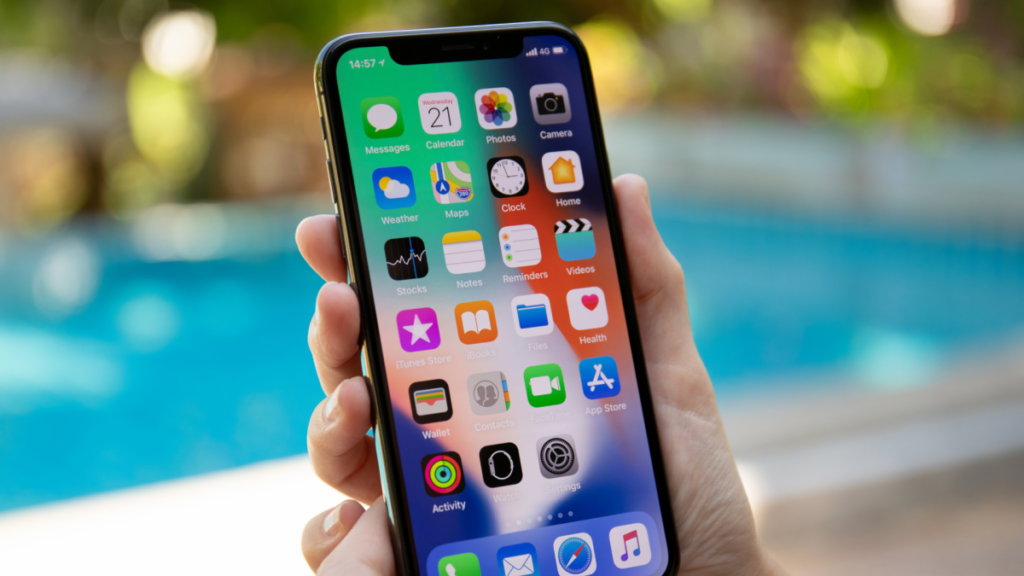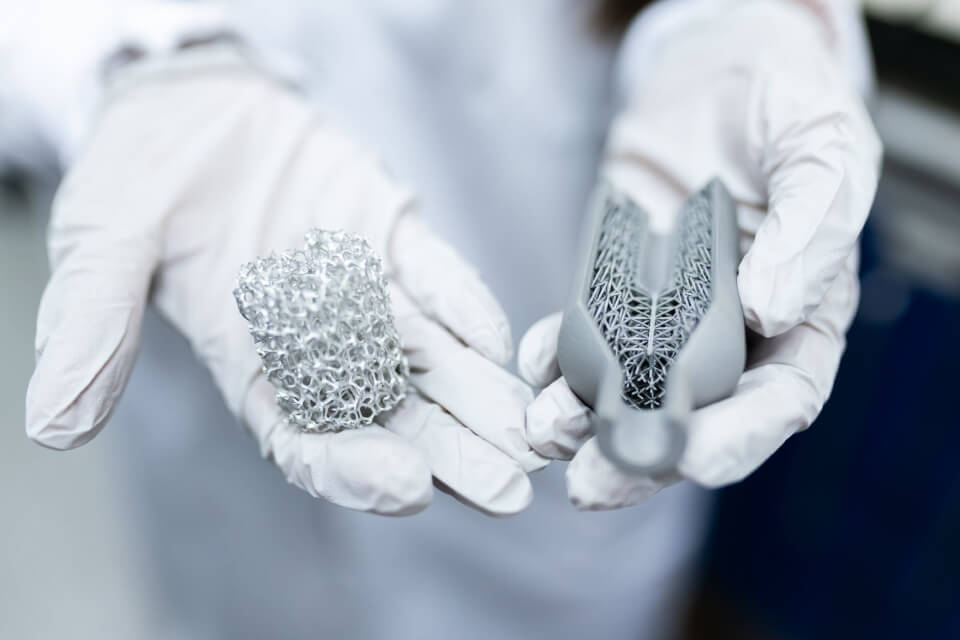Every tech product you own has a post-release “lifespan.” Apple, for example, guarantees it will continue supporting products at least five years after it stops selling them. Once those five years are up, Apple can deem that device “vintage.”
In fact, Apple recently classified two of its products as vintage: the iPhone XS Max (2018) and the iPhone 6S Plus (2015). In addition, the company now considers four Apple Watch Series 2 models as “obsolete”: That might come as news to you, if you’re still using one or more of these products yourself.
With that in mind, what exactly does it mean for an Apple product to go “vintage,” and what happens when a vintage product goes “obsolete”?
Vintage Apple products
“Vintage” in Apple-land doesn’t actually mean a product is “old,” or that you should stop using it—nor does it imply you’ll be able to sell it to collectors for a profit. When an Apple device becomes “vintage,” that product is no longer guaranteed by Apple to be repairable at an Apple Store or authorized service provider. In many cases, Apple will also stop issuing the device routine software updates.
Despite the reduction in support, vintage Apple devices will still work (this isn’t some sort of internal kill switch) and some devices may even receive system updates if they support the latest operating systems or if a major security flaw needs to be patched. (The XS Max supports iOS 18, for example.) It’s even possible you could get one repaired, if the parts are available. Just don’t be surprised if an Apple Genius or an Apple-authorized vendor turns you away.
Apple’s official definition of “vintage” is a product the company stopped selling more than five years ago, but fewer than seven. Because the company stops selling some devices sooner than others, you end up with some interesting discrepancies when it’s time to mark devices as vintage. The iPhone XS Max seems like a far more advanced device than the iPhone 6S Plus, and is, in fact, three generations newer. However, despite this time gap, Apple sold the 6S Plus longer than it did the XS Max: The company discontinued the 6S Plus in 2018, after three years of sales. The XS Max got the boot in 2019, just one year after it debuted.
You can see how Apple doesn’t automatically make a device vintage at the five-year mark: While it has been five years since the company discontinued the XS Max, it’s been six years for the 6S Plus. (A list of all vintage and obsolete devices can be found on Apple’s support site.)
However, once a product is more than seven years old, it graduates to a different category: “obsolete.”
Apple’s “obsolete” list
Like vintage products, devices listed as “obsolete” will operate as normal as long as the hardware is in working condition. However, obsolete products lose virtually all hardware support. The only exception is MacBooks, which may allow for a battery replacement up to 10 years after the product was last available for sale.
An obsolete device, however, may still receive some software support. Don’t expect iOS 18 on an obsolete iPhone, mind you. But Apple did release a security update for iPhone 6S and iPhone 6S Plus—both of which are obsolete—back in July.
These shifts in service priority can be frustrating if you’re still rocking older tech and don’t feel like upgrading, but the policy makes sense given the current market realities: At the rate that both hardware and software iterate, diverting resources to keep outdated devices afloat is difficult and costly. However, even if an Apple Store turns your iPhone 6S Plus away for repair, independent repair shops may still help you out for some time to come—even when the 6S Plus eventually becomes “obsolete.”


